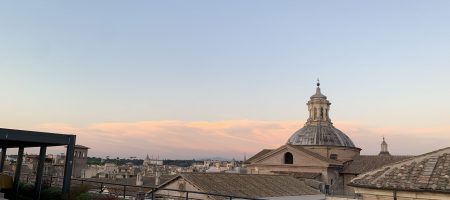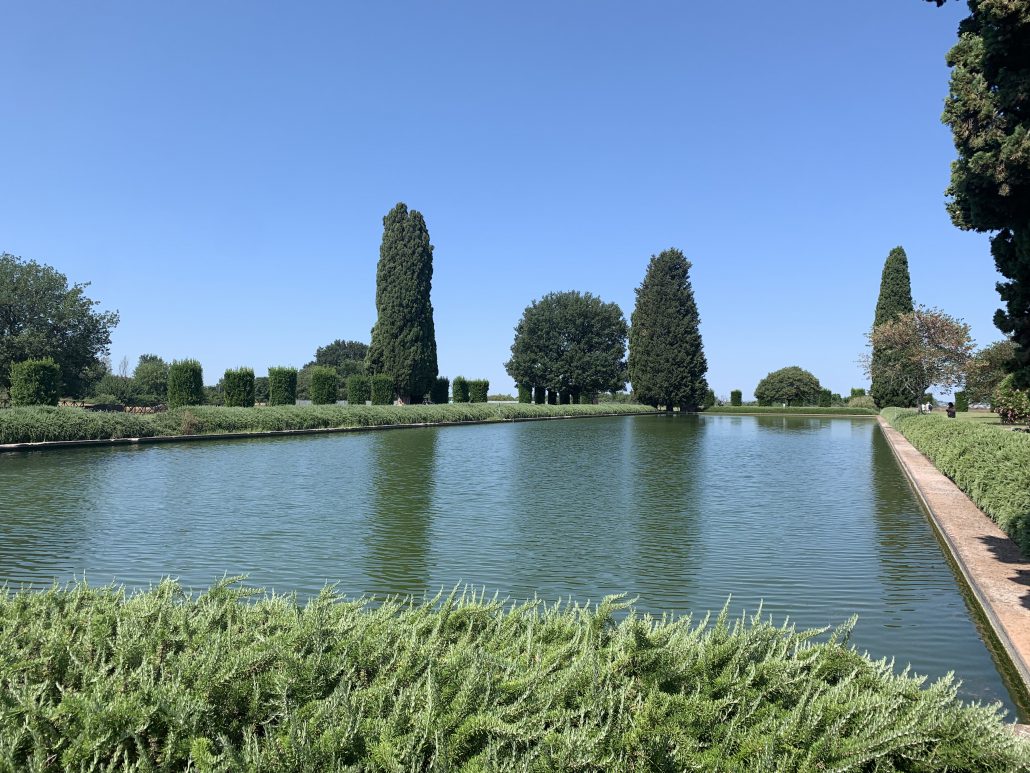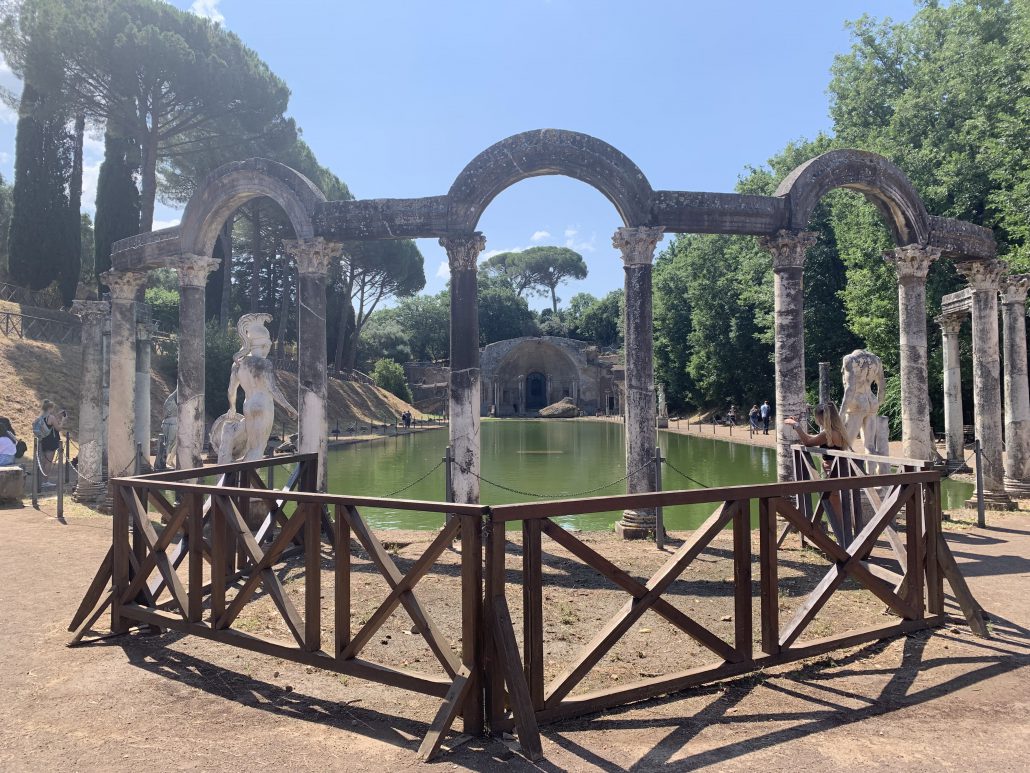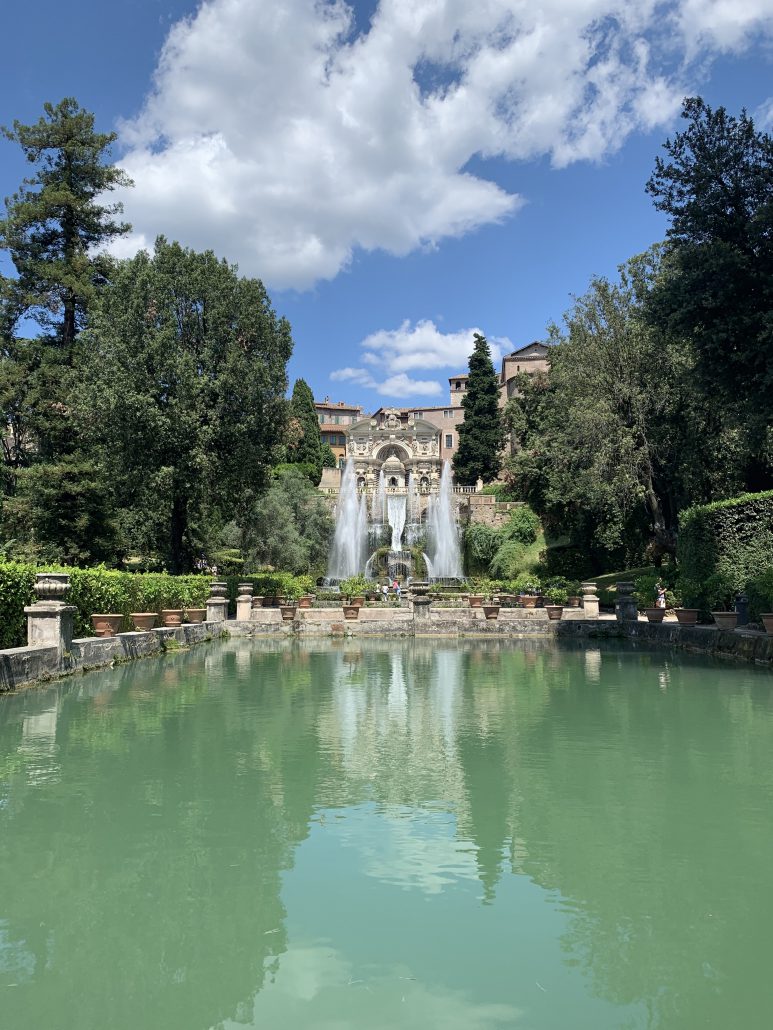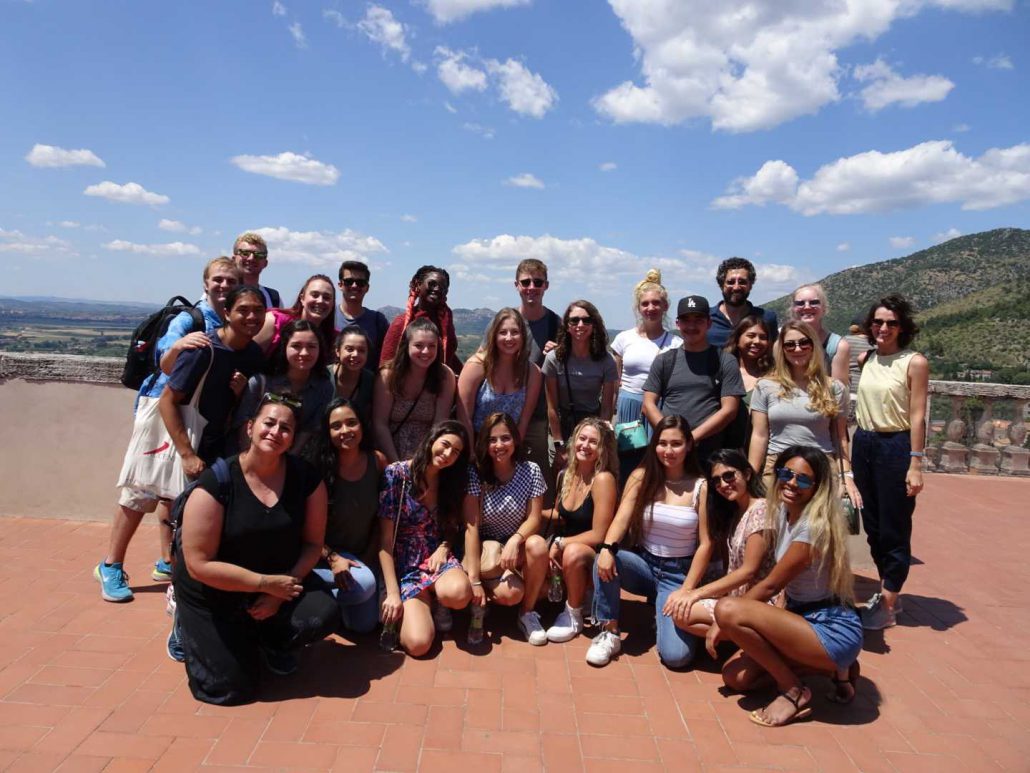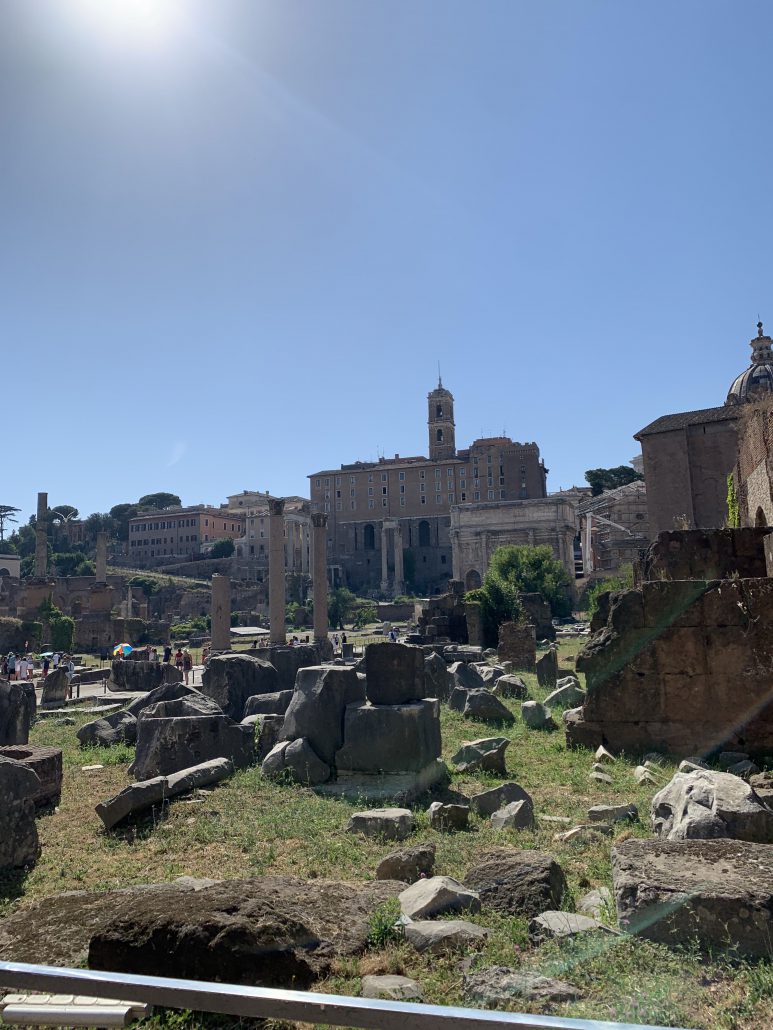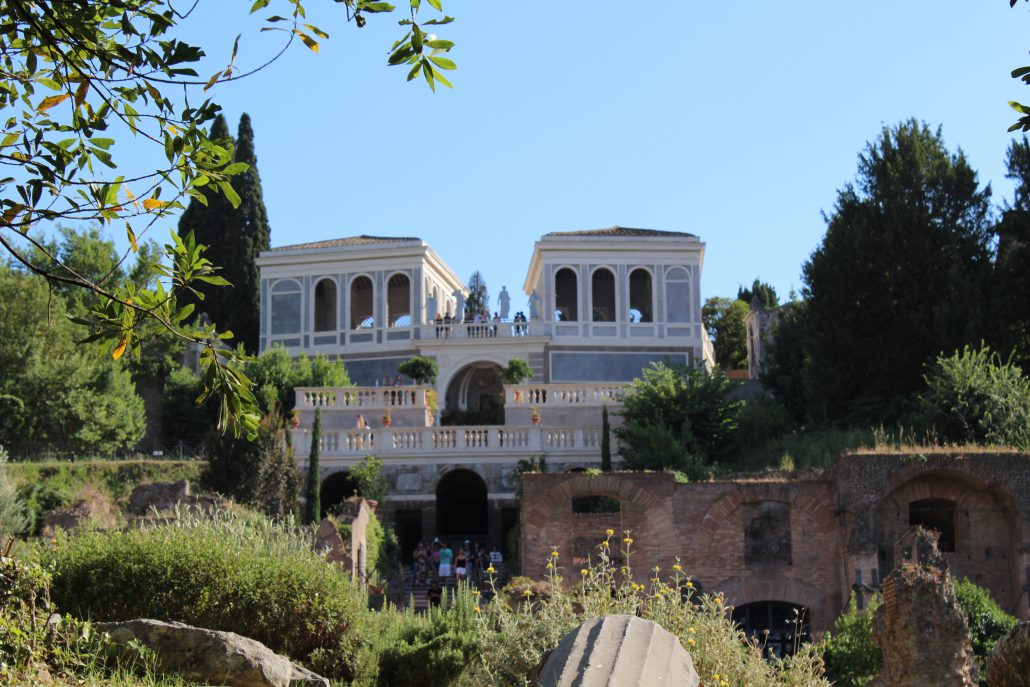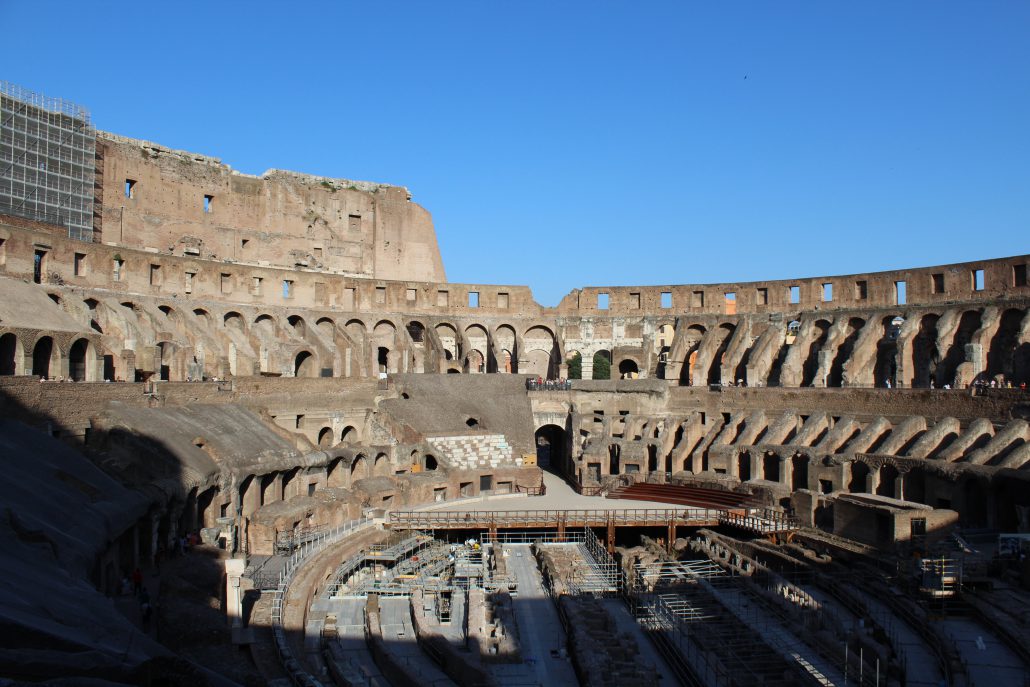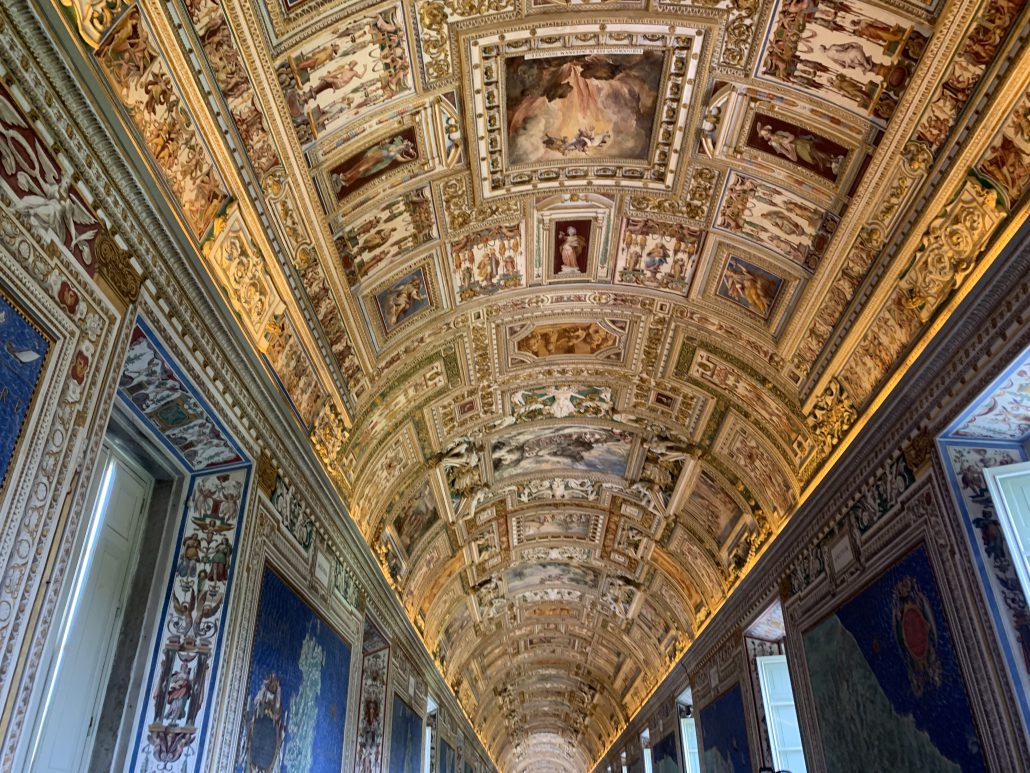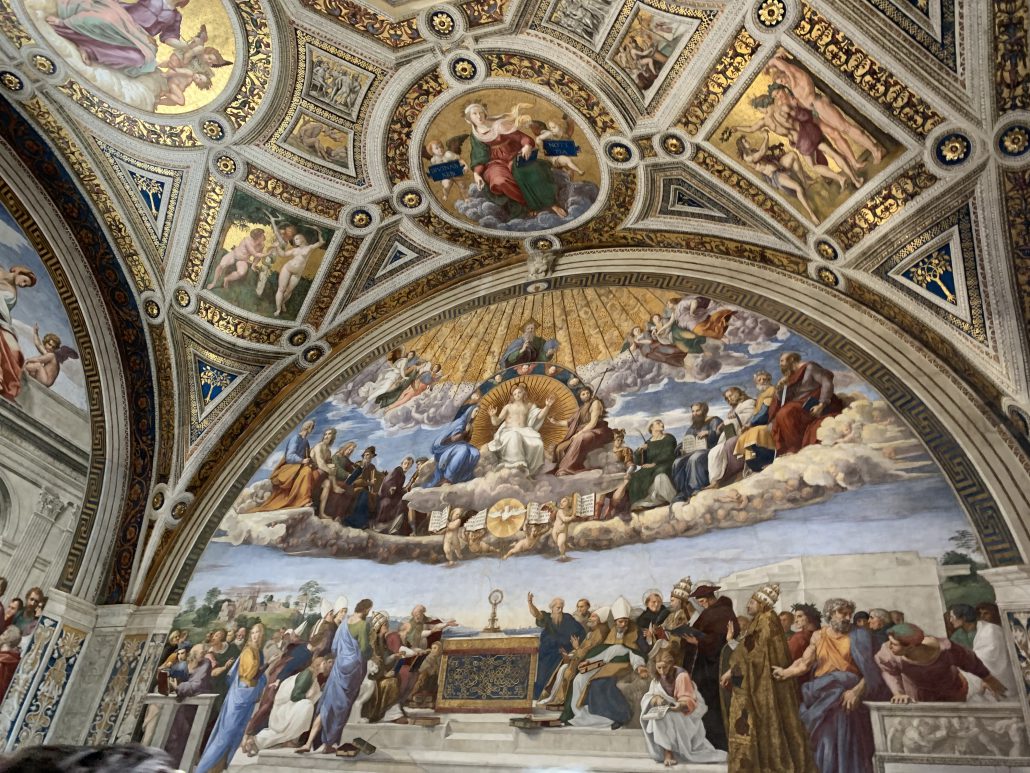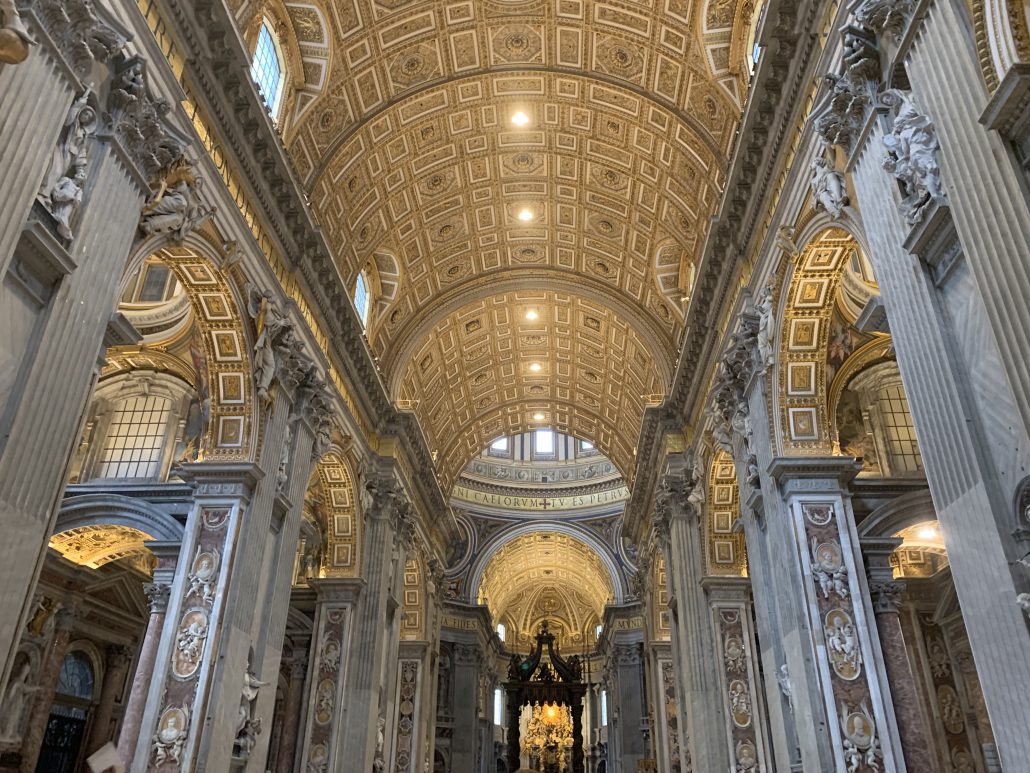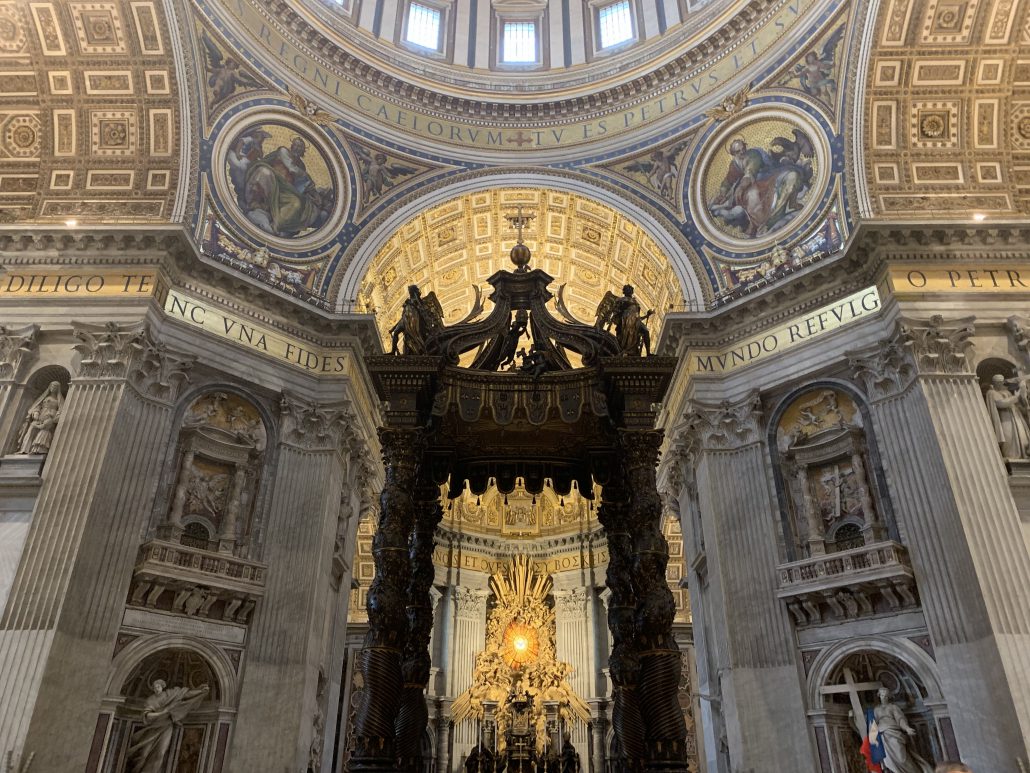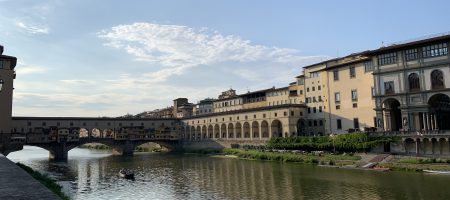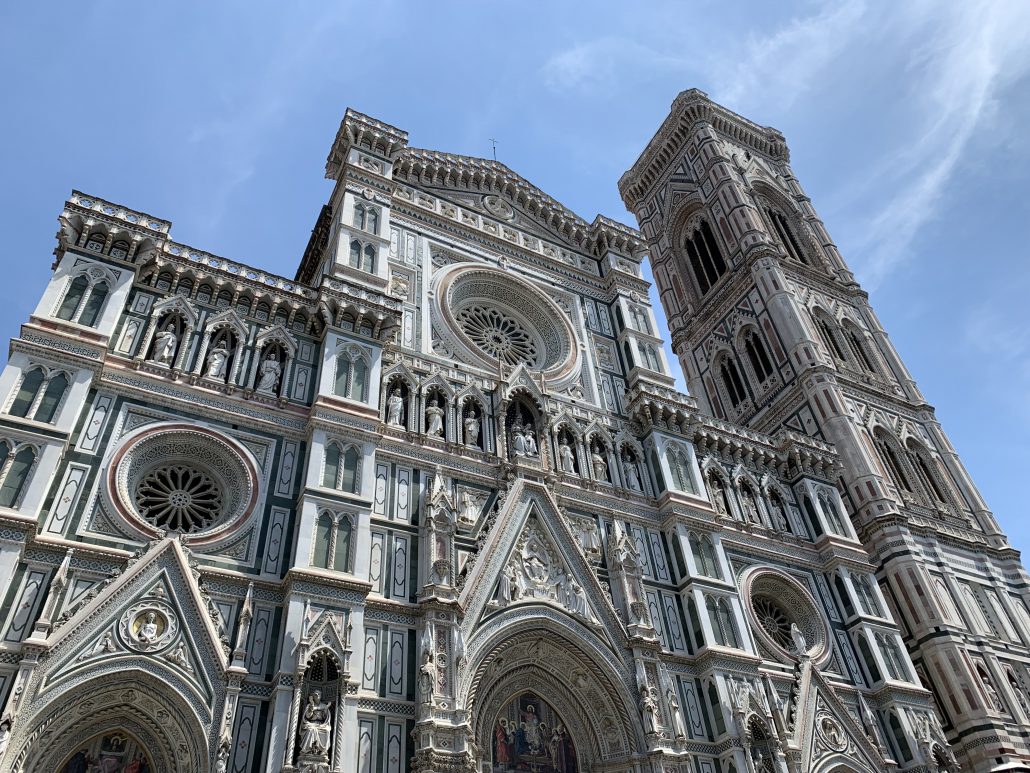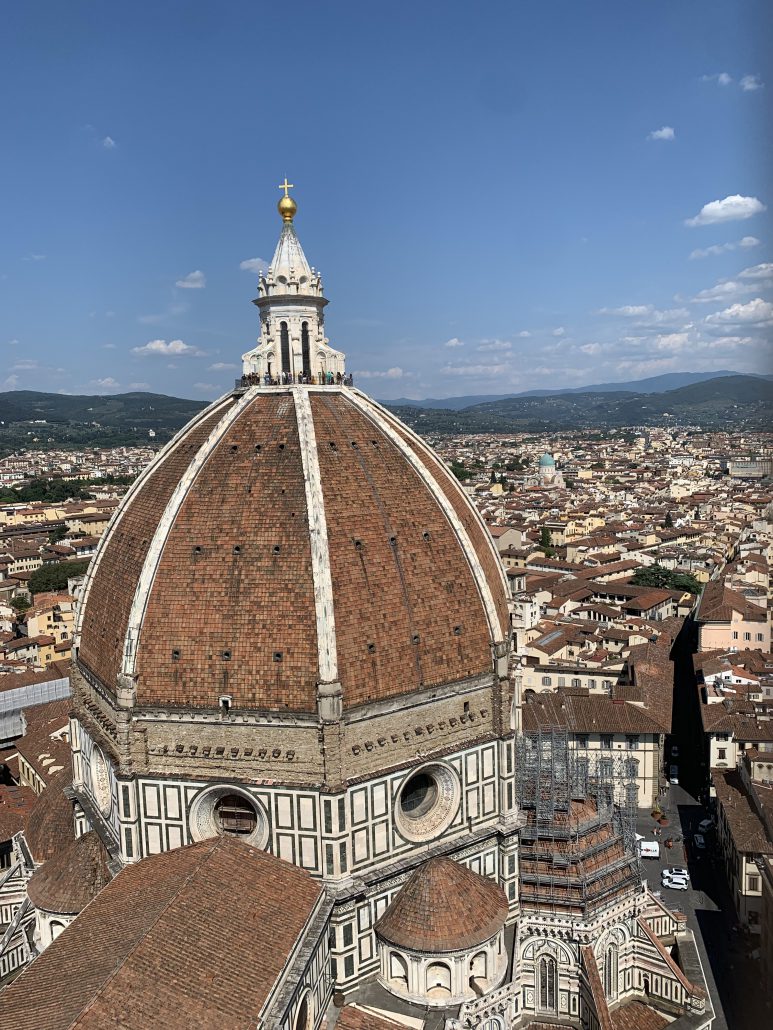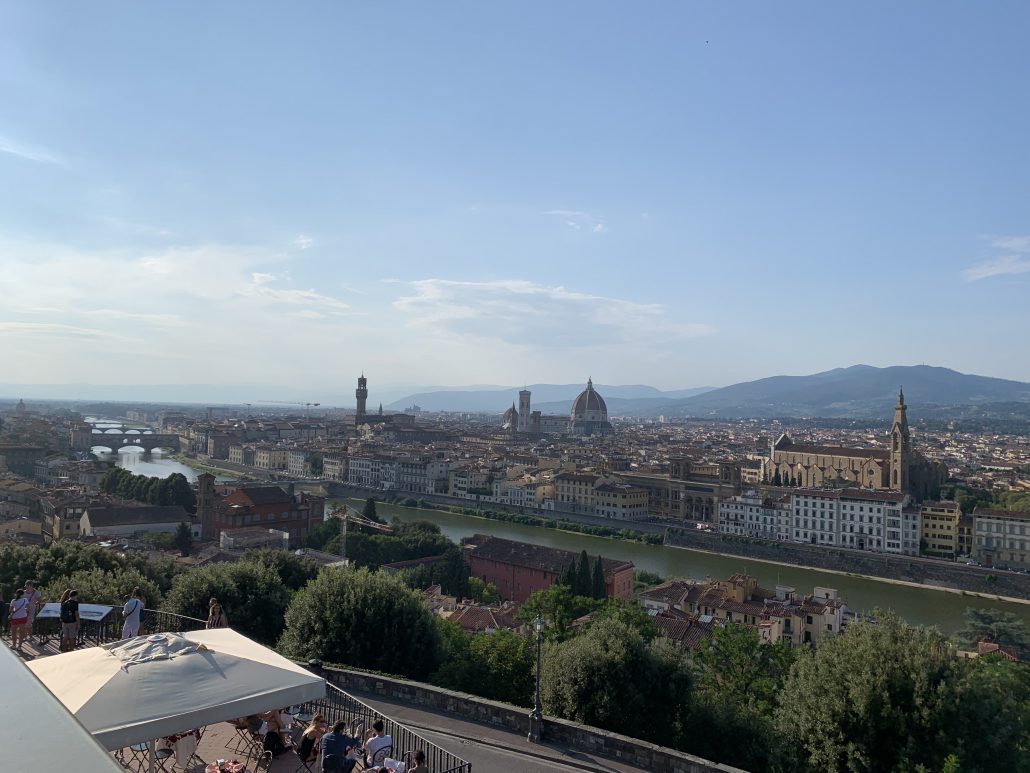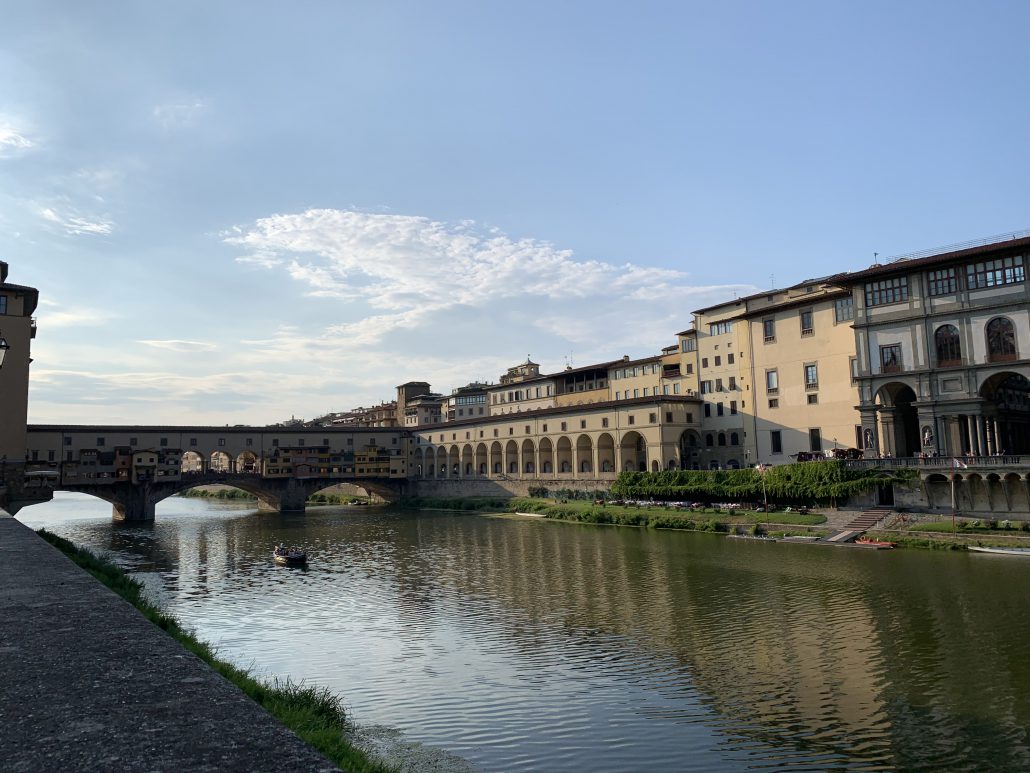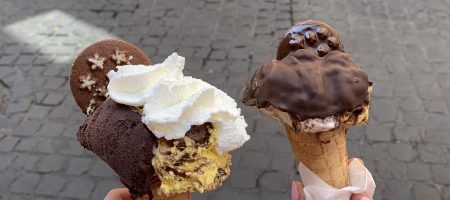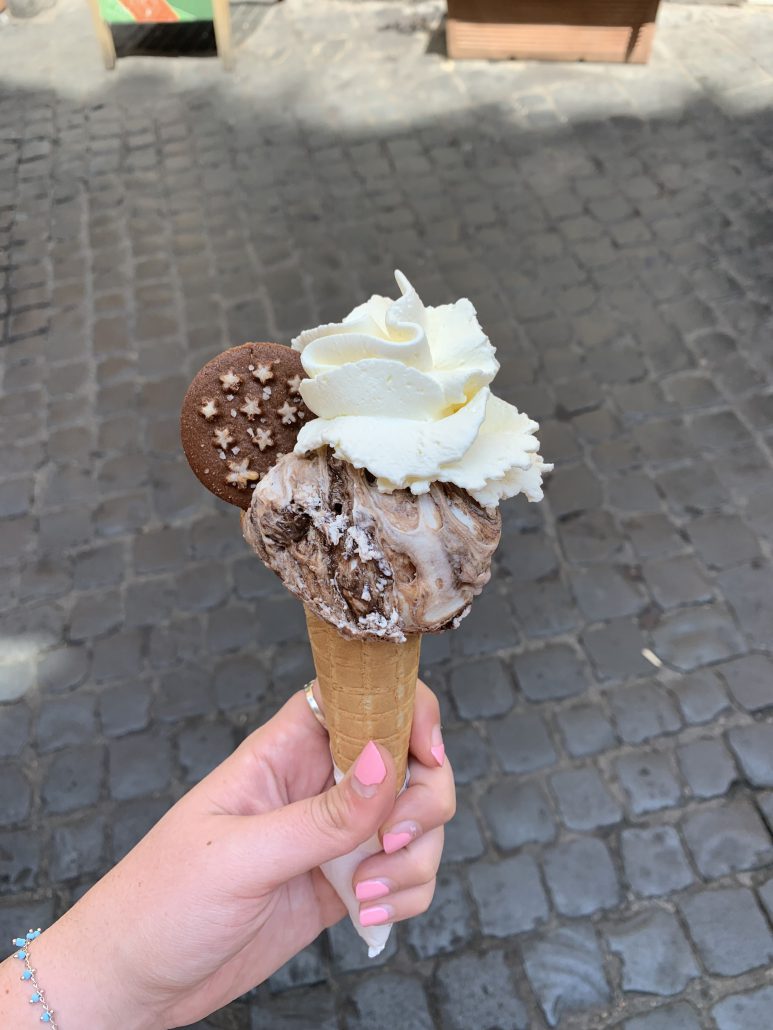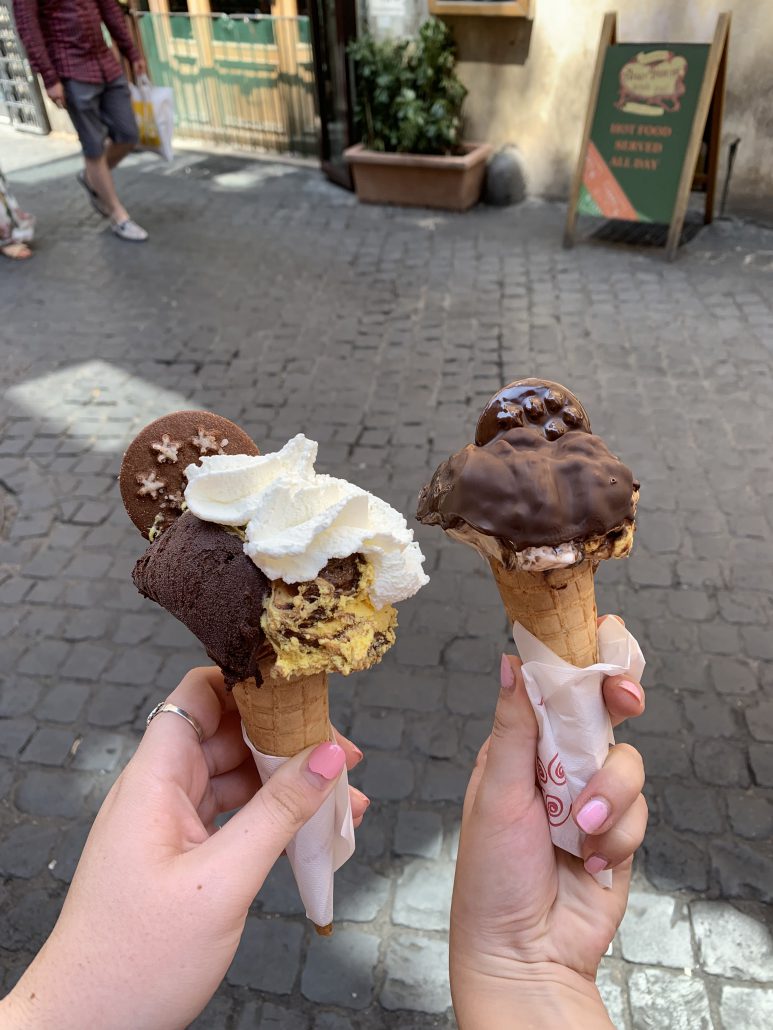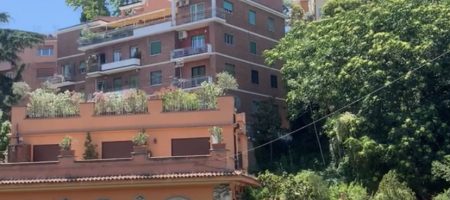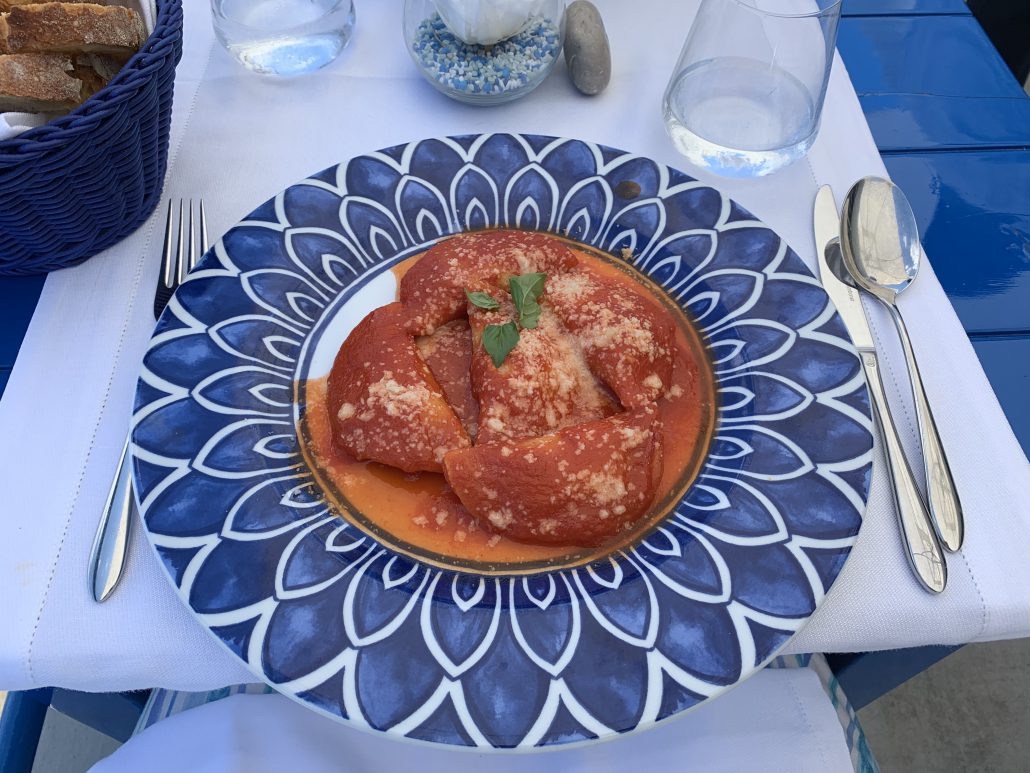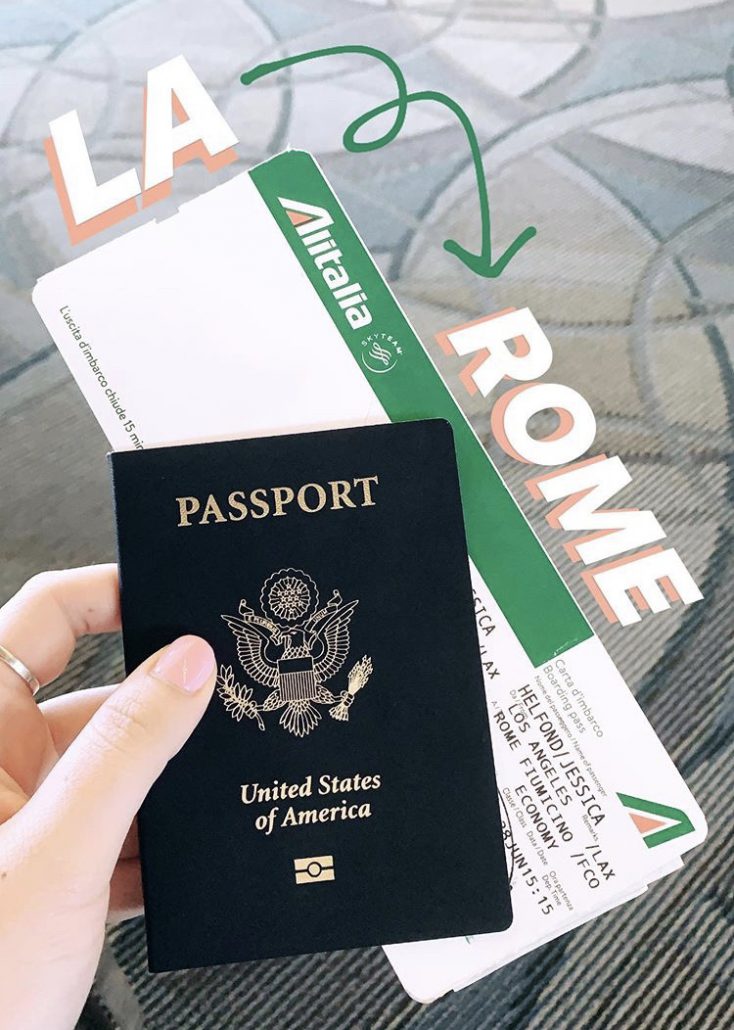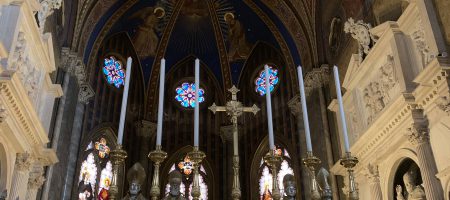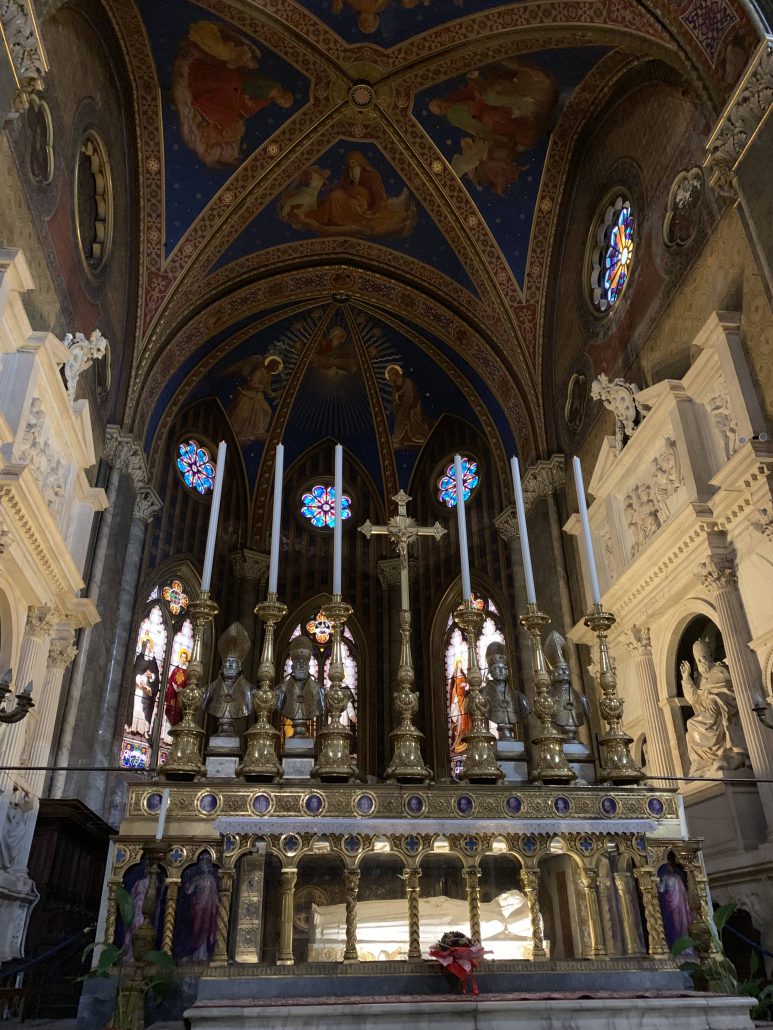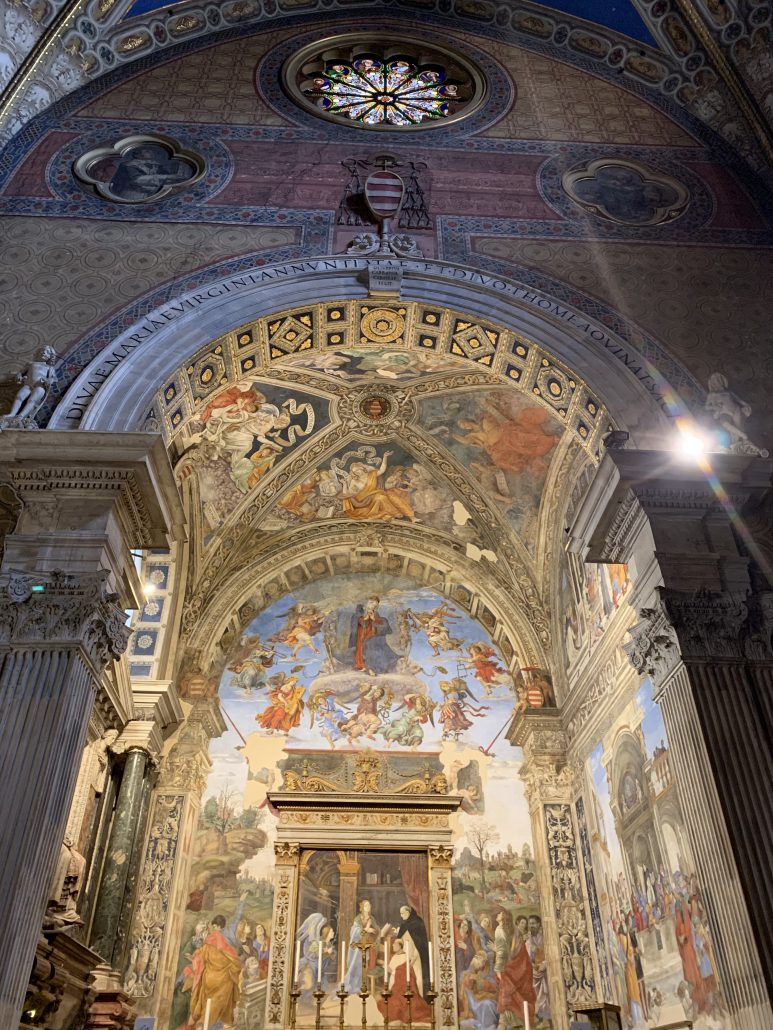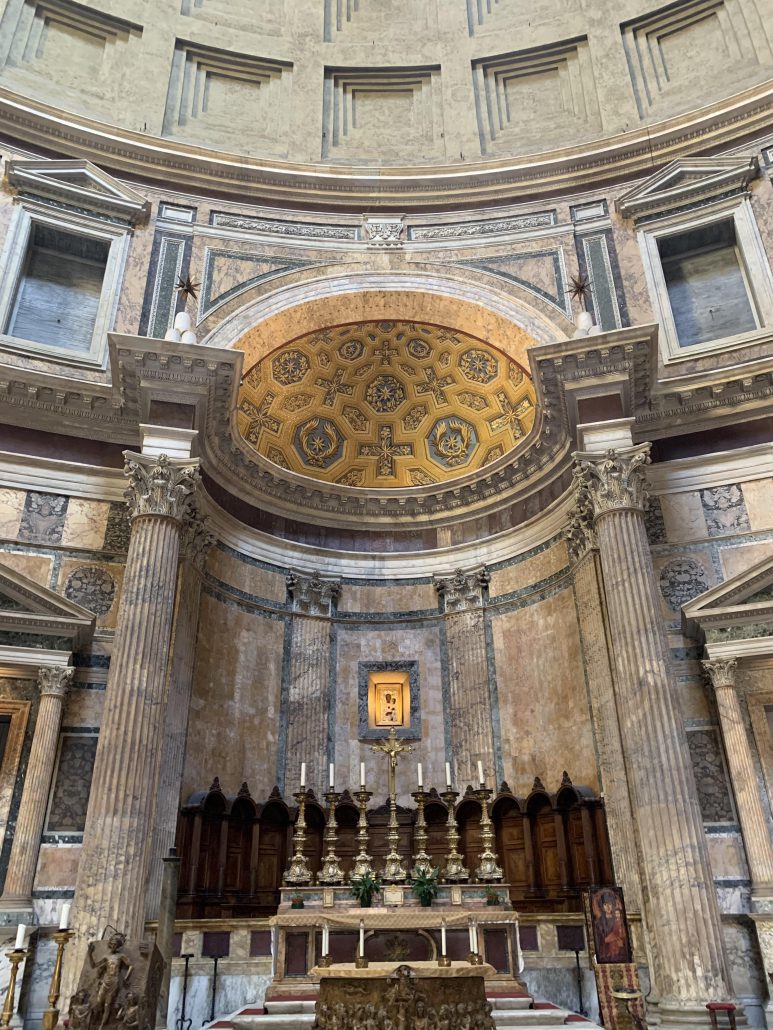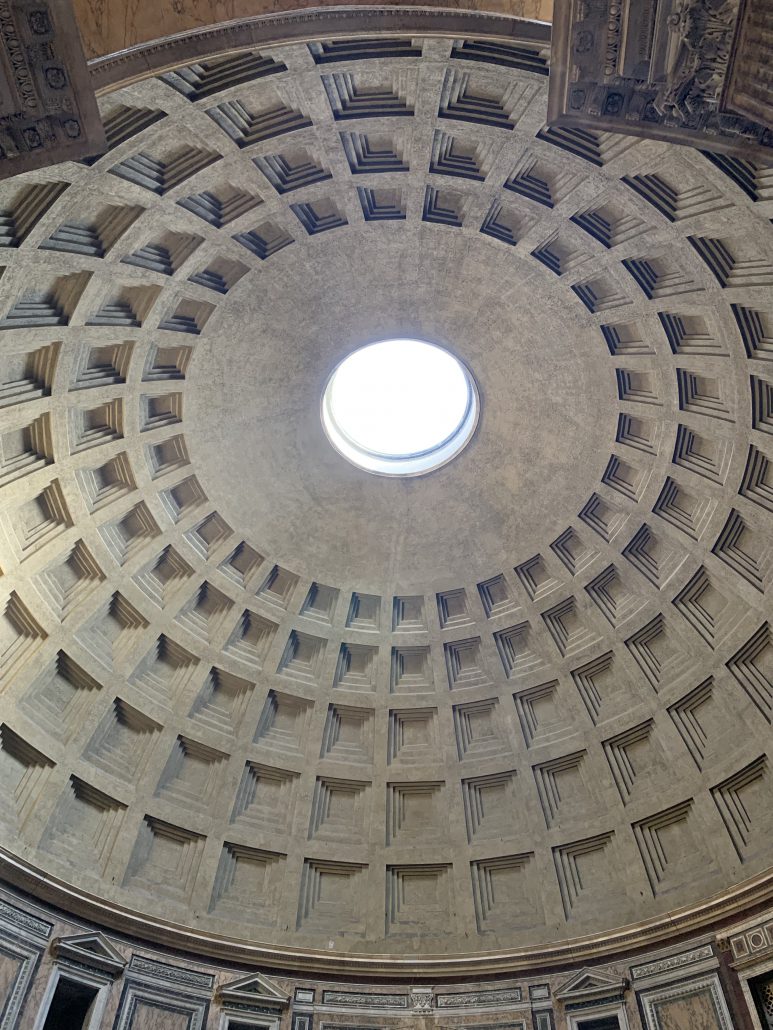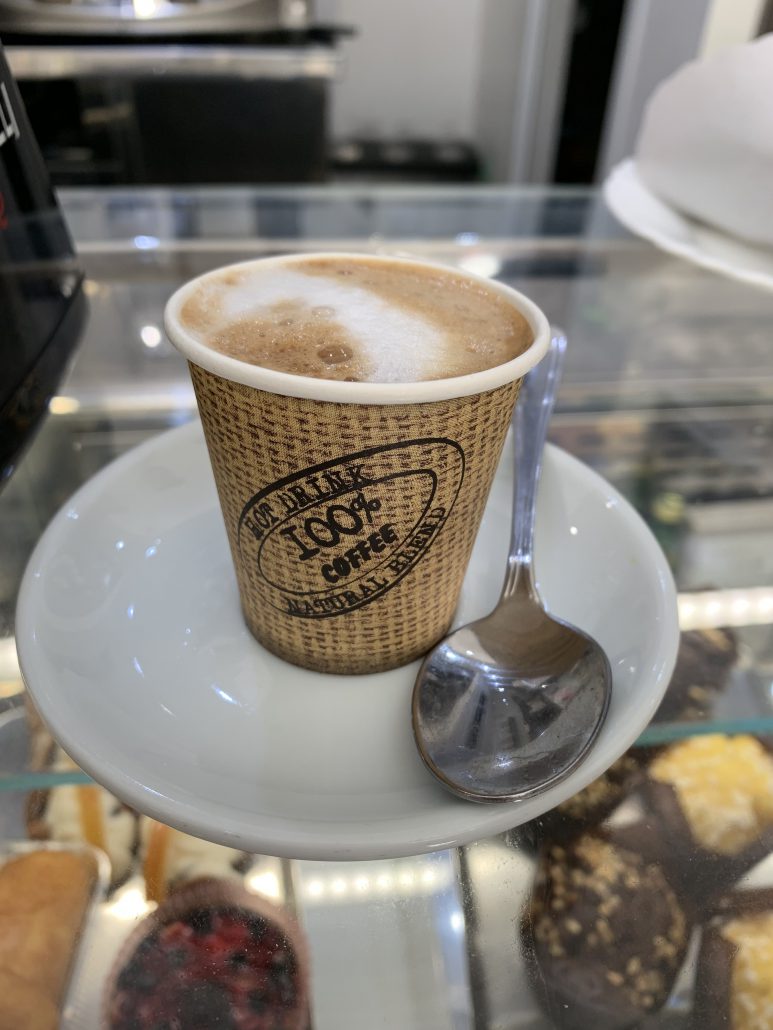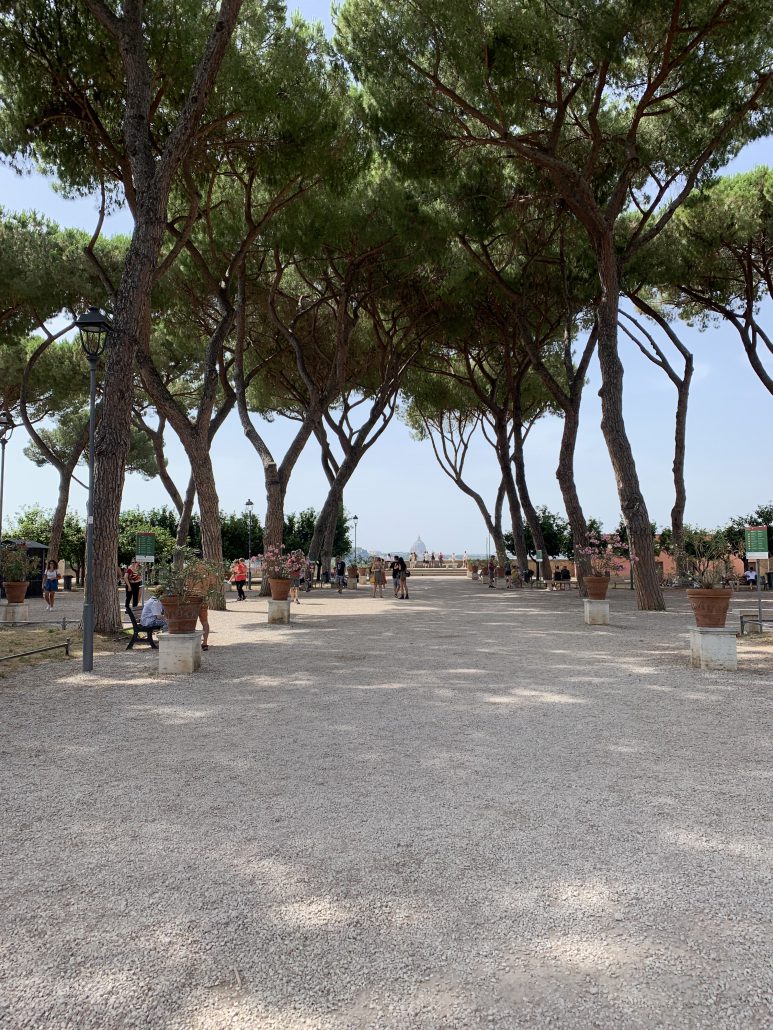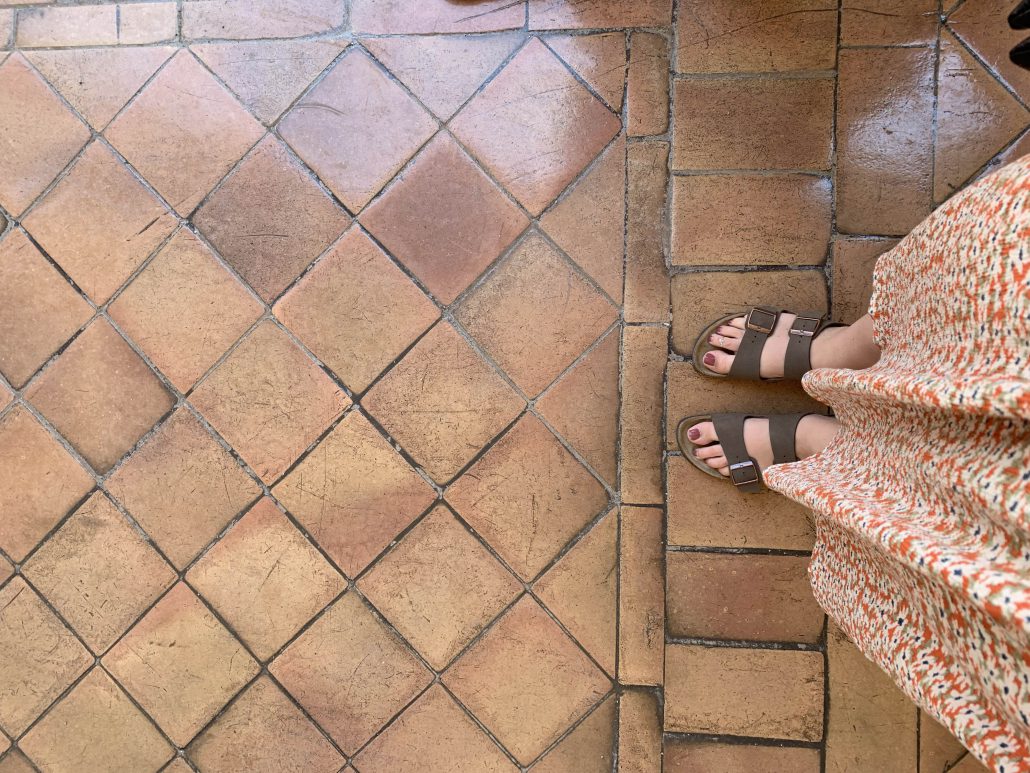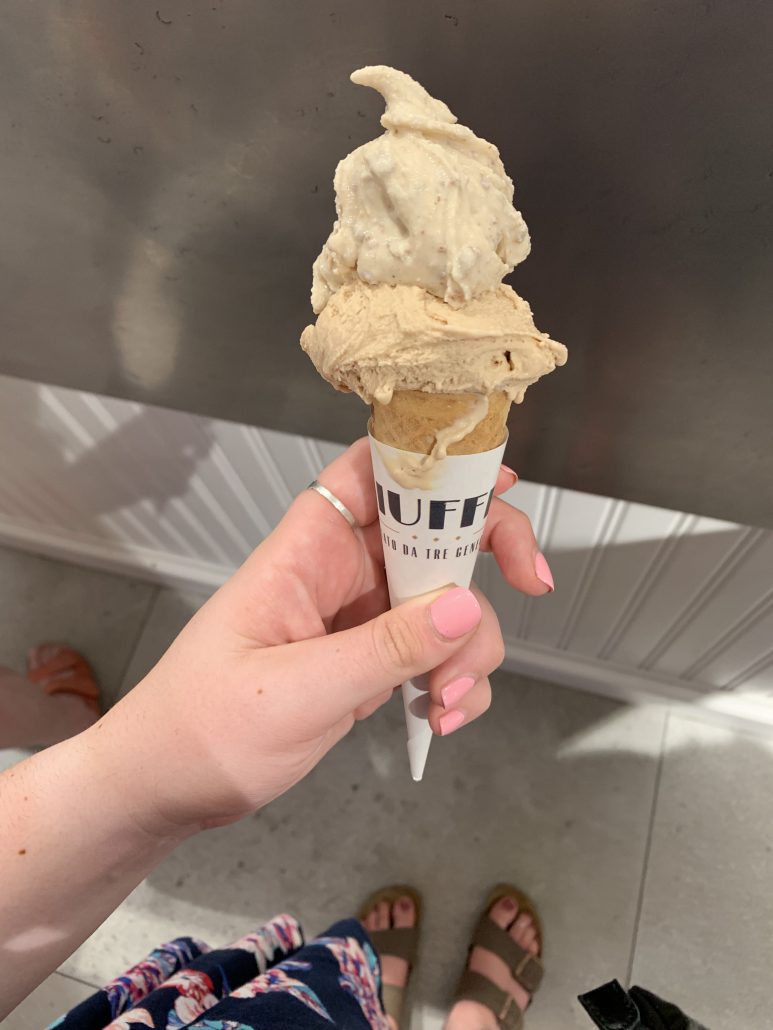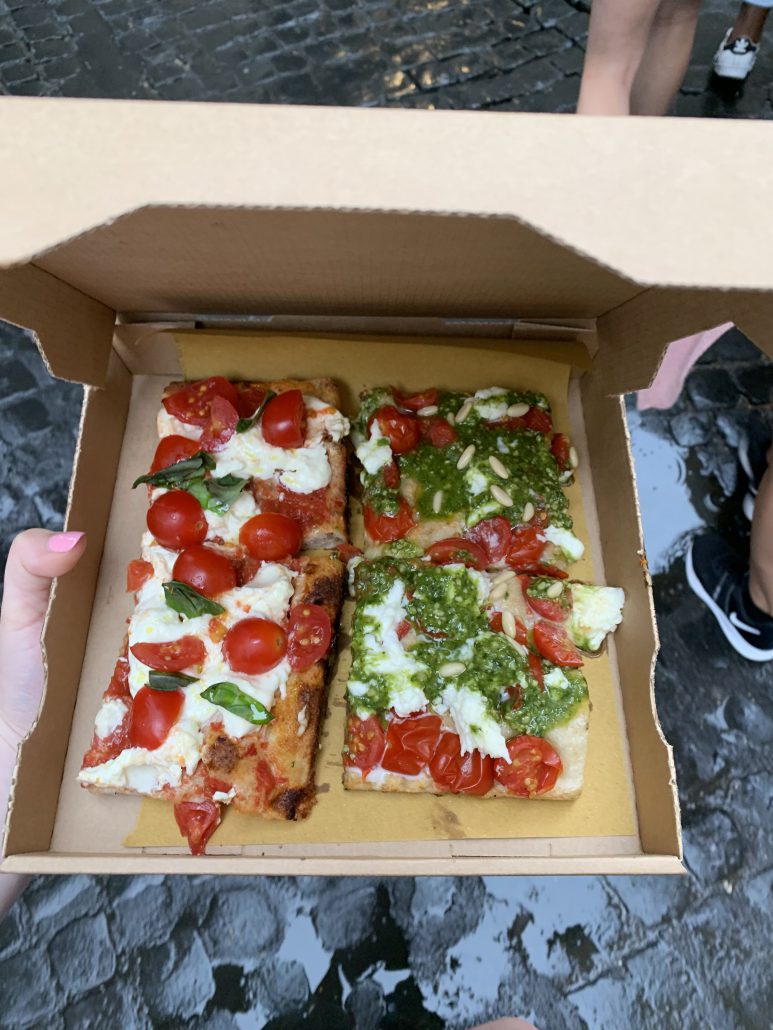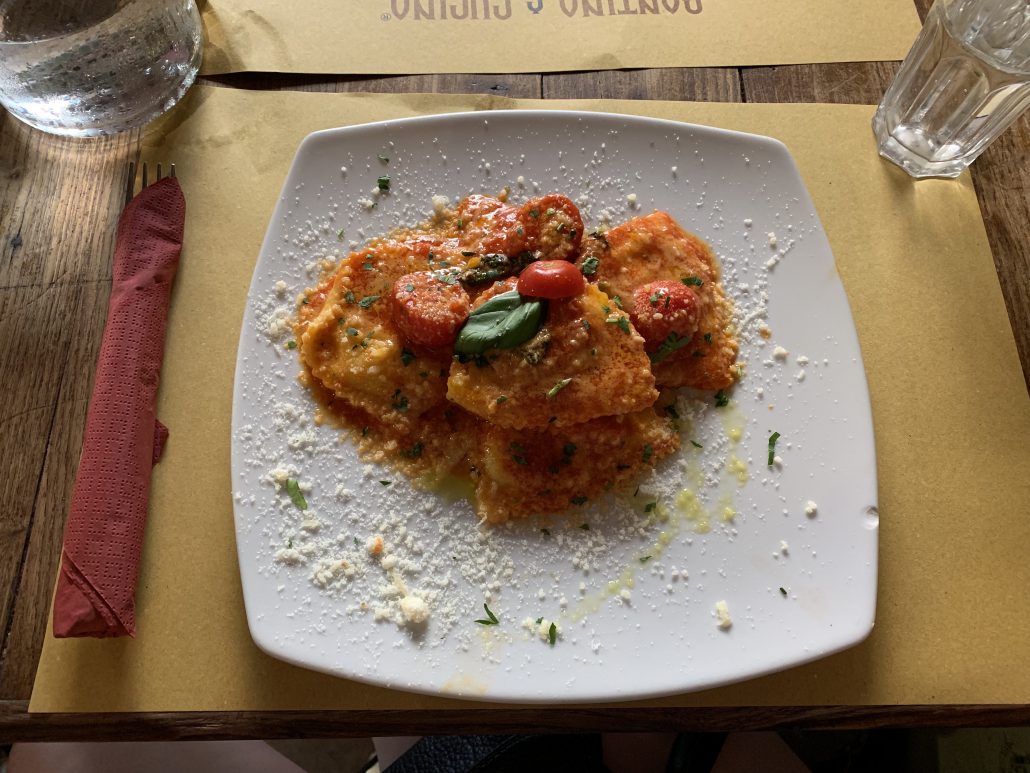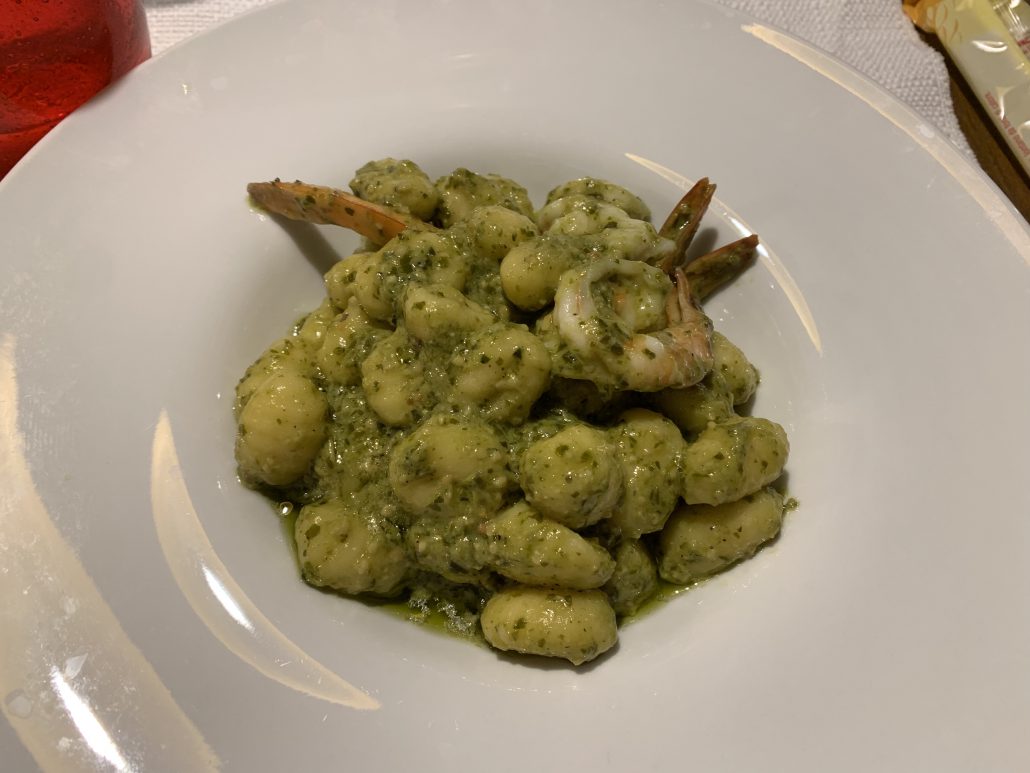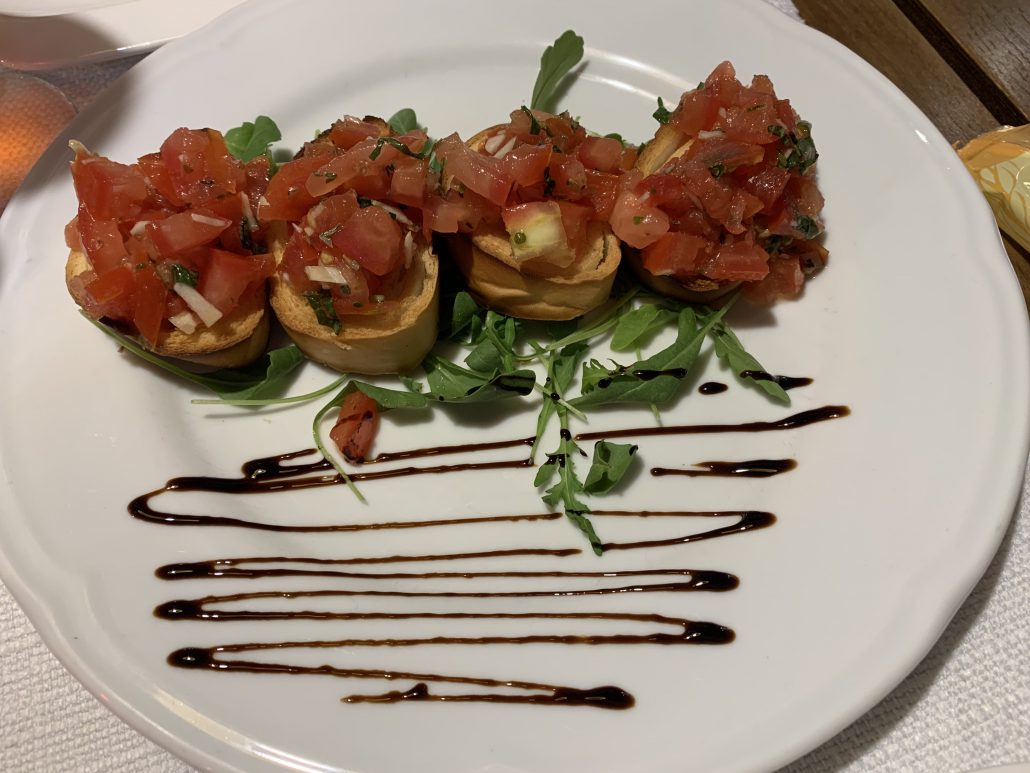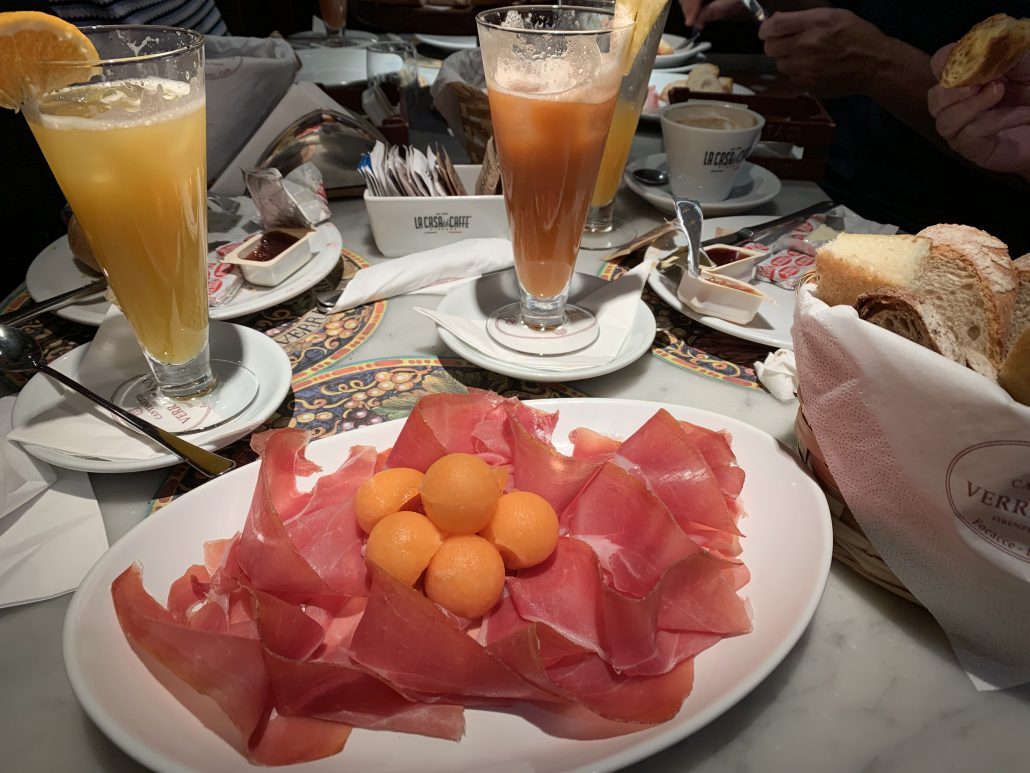Italy | Arrivederci, Roma
By Jessica Helfond
Friday, July 26th. The final day of our month long program in Rome. Waking up in the morning was a mix of emotions. There was some stress about finishing up our final projects and finals for classes, excitement about going home to see our families (and sleep in our own beds), but more than anything, sadness about our program being over. It went by way faster than any of us could have thought. The month was filled with so many fun, new experiences, we were sad that it was drawing to a close. But before we went home, we had a farewell dinner with all of the program participants, directors, and professors.
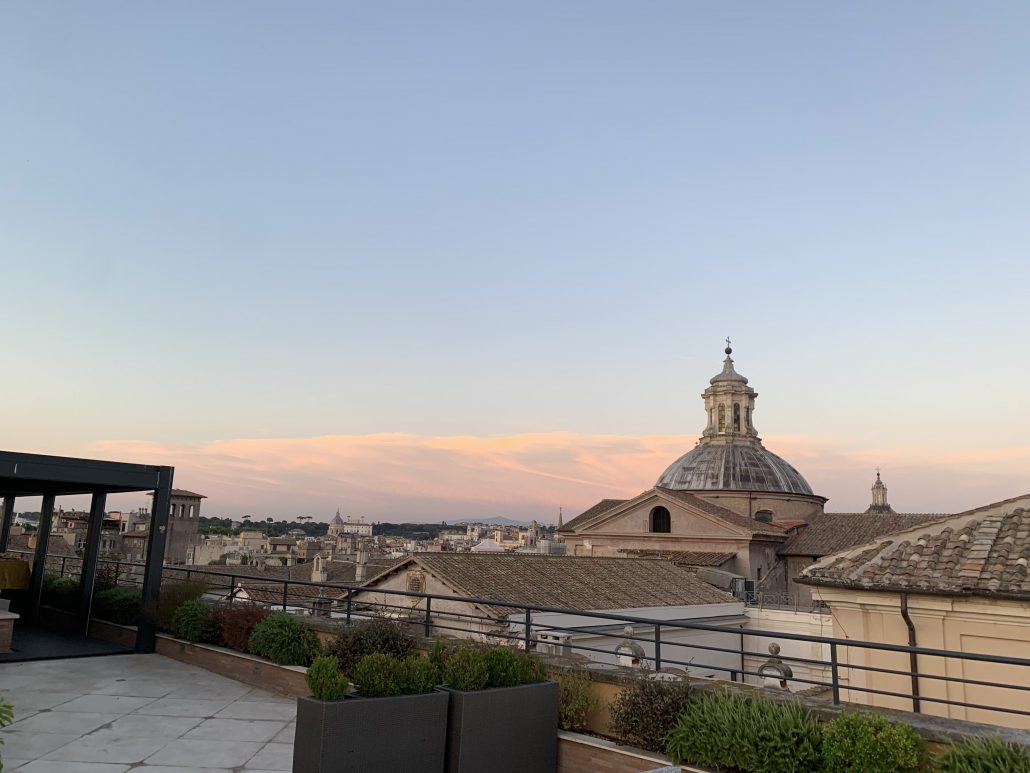
Our program director surprised us with a rooftop dinner on our final night. The view was breathtaking. It seemed like the perfect place to commemorate our month long adventure abroad. There was a wide variety of appetizers served, and we were able to eat while spending some final time with the friends we made over the course of the program.
With it being our final night, and being in such a gorgeous location, there was an entire portion of the night dedicated to taking pictures for the last time with our friends and professors.
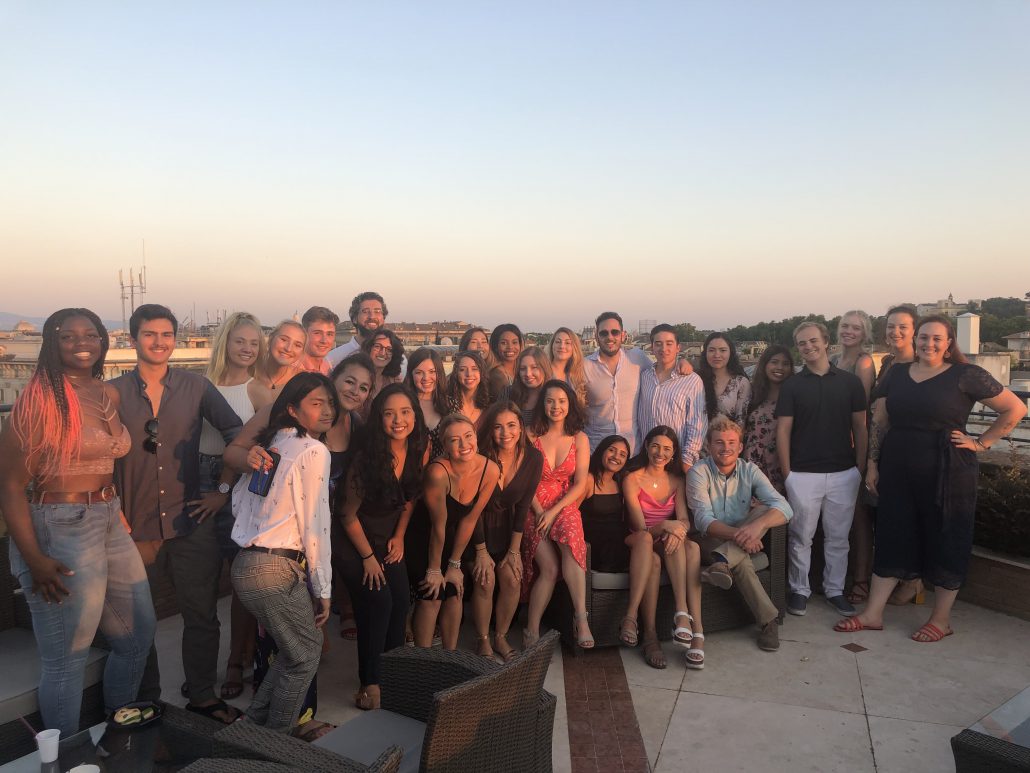
I have to say, the faculty on this program were absolutely incredible. Andrea Moudarres (our professor) and Federica Di Blasio (our TA) are two of the best faculty members I have had during my time at UCLA. They were both great at teaching their classes, but what really made them incredible was how we were able to bond with them. Because of all the time we spent with them, we were able to get to know them more than you normally would be able to know a professor on campus. Additionally, they both cared so much about our wellbeing, both academically and personally while abroad. They knew taking classes while trying to enjoy being in a foreign country was difficult, and did the most they could to make our time abroad as enjoyable as possible. I could not recommend them more, and I think the program was as great as it was largely because of them.

I also have to say how amazing the students on the program were. There was such a wide variety of students on the program, from history to biology majors and everything in between. Despite all of our different backgrounds, we were all there because we wanted to experience a beautiful foreign country and culture. It was so fun being with such a great group of people, and I can honestly say that I made some friends that I wouldn’t have met otherwise.
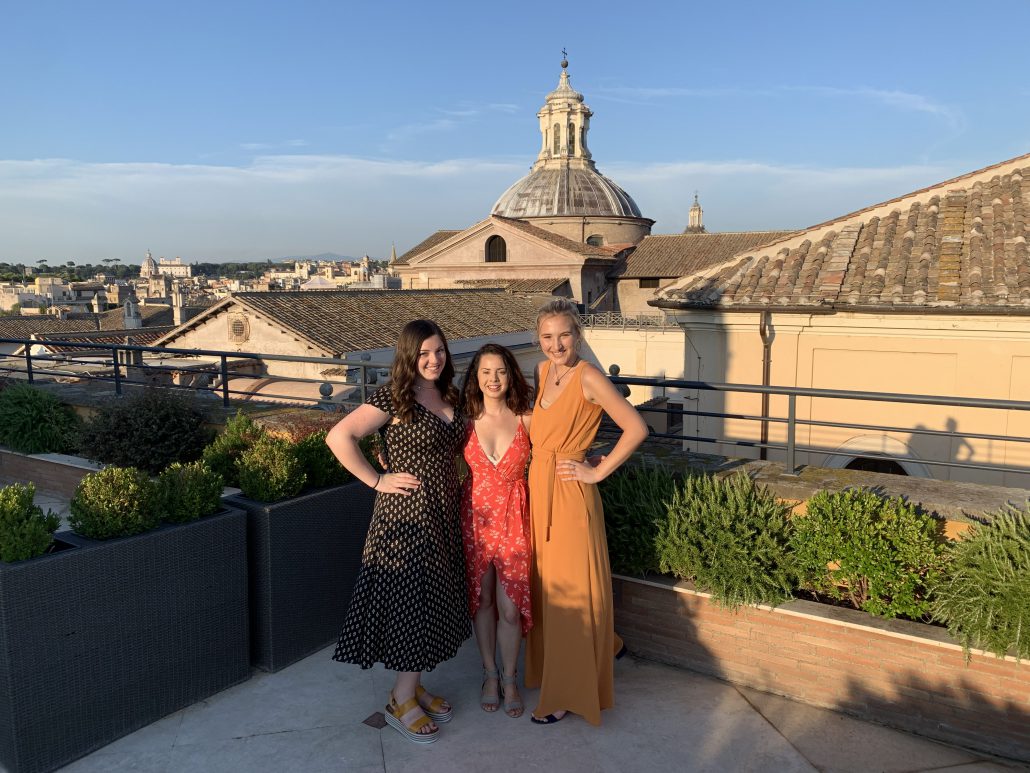
As the sun set on our final evening, it was extremely bittersweet. Our professors started to say goodbye to us all, and reminded us to come visit them on campus to keep in touch. And then came time for us all to say goodbye to each other. There were so many hugs, exchanging of social media to make sure we could keep in touch, and even some tears. Our month in Rome, although full of challenges, was a once in a lifetime experience. I can honestly say it’s an experience I won’t come close to forgetting any time soon.
So thank you for reading all about the Rome Summer Travel Study program, and I hope you consider studying abroad yourself. It is a life changing experience to experience a new culture with incredible people, and an experience that I cannot recommend more.
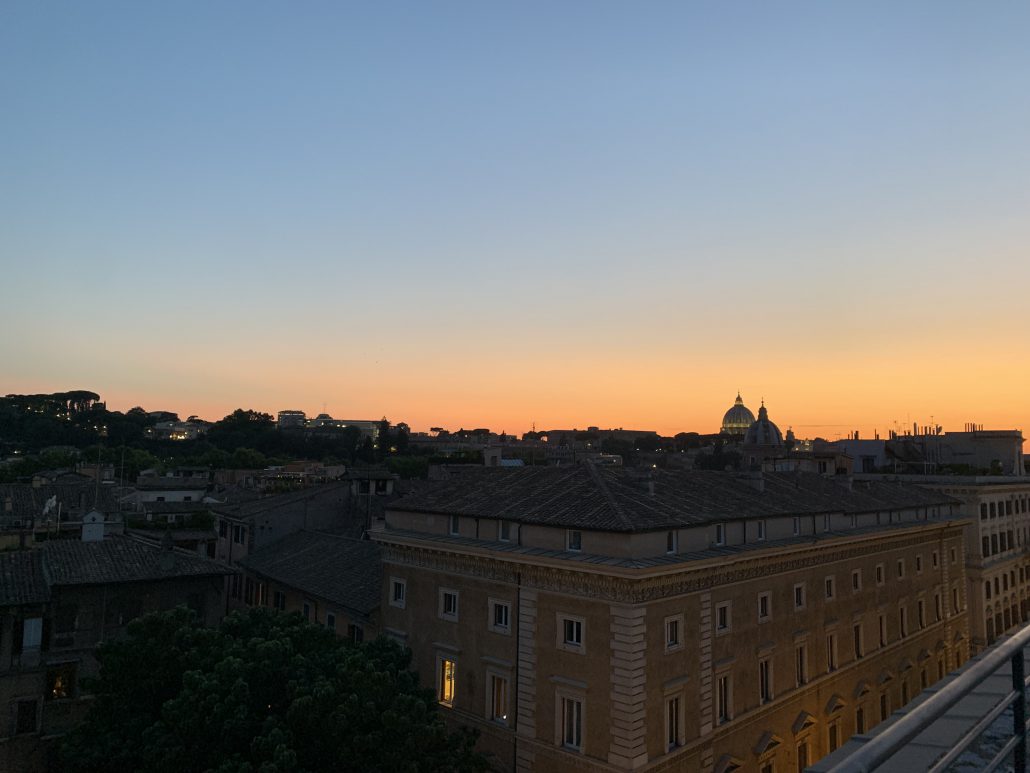
Jessica Helfond studied abroad in Rome in Summer 2019. https://ieo.ucla.edu/travelstudy/italian-rome/


